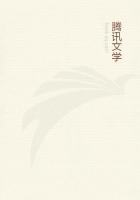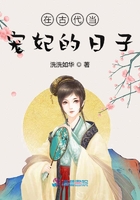Swinging outward from a leaf-clasped stem, this orchid attracts us by its flaunted beauty and decorative form from tip to root, not less than the aesthetic little bees for which its adornment and mechanism are so marvelously adapted.Doubtless the heavy, oily odor is an additional attraction to them.Parallel purplish lines, converging toward the circular opening of the pale yellow, inflated pouch, guide the visitor into a spacious banquet-hall (labellum) such as the pink lady's slipper (q.v.) also entertains her guests in.Fine hairs within secrete tiny drops of fluid at their tips - a secretion which hardens into a brittle crust, like a syrup's, when it dries.Darwin became especially interested in this flower through a delightful correspondence with Professor Asa Gray, who was the first to understand it, and he finally secured a specimen to experiment on.
"I first introduced some flies into the labellum through the large upper opening," Darwin wrote, "but they were either too large or too stupid, and did not crawl out properly.I then caught and placed within the labellum a very small bee which seemed of about the right size, namely Andrena parvula....The bee vainly endeavored to crawl out again the same way it entered, but always fell backwards, owing to the margins being inflected.
The labellum thus acts like one of those conical traps with the edges turned inwards, which are sold to catch beetles and cockroaches in London kitchens.It could not creep out through the slit between the folded edges of the basal part of the labellum, as the elongated, triangular, rudimentary stamen here closes the passage.Ultimately it forced its way out through one of the small orifices close to one of the anthers, and was found when caught to be smeared with the glutinous pollen.I then put the same bee into another labellum; and again it crawled out through one of the small orifices, always covered with pollen.Irepeated the operation five times, always with the same result.Iafterwards cut away the labellum, so as to examine the stigma, and found its whole surface covered with pollen.It should be noticed that an insect in ****** its escape, must first brush past the stigma and afterwards one of the anthers, so that it cannot leave pollen on the stigma, until being already smeared with pollen from one flower it enters another; and thus there will be a good chance of cross-fertilization between two distinct plants....Thus the use of all parts of the flower, - namely, the inflected edges, or the polished inner sides of the labellum; the two orifices and their position close to the anthers and stigma, - the large size of the medial rudimentary stamen, - are rendered intelligible.An insect which enters the labellum is thus compelled to crawl out by one of the two narrow passages, on the sides of which the pollen-masses and stigma are placed."These common orchids, which are not at all difficult to naturalize in a well-drained, shady spot in the garden, should be lifted with a good ball of earth and plenty of leaf-mould immediately after flowering.Here we can note little American Andrena bees unwittingly becoming the flower's slaves.Several species of exotic cypripediums are so common in the city florist's shops every one has an opportunity to study their marvelous structure.
The similar SMALL YELLOW LADY'S SLIPPER (C.parviflorum), a delicately fragrant orchid about half the size of its big sister, has a brighter yellow pouch, and occasionally its sepals and petals are purplish.As they usually grow in the same localities, and have the same blooming season, opportunities for comparison are not lacking.This fairer, sweeter, little orchid roams westward as far as the State of Washington.
YELLOW FRINGED ORCHIS
(Habenaria ciliaris) Orchid family Flowers - Bright yellow or orange, borne in a showy, closely set, oblong spike, 3 to 6 in.long.The lip of each flower copiously fringed; the slender spur 1 to 1 1/2 in.long; similar to white fringed orchis (q.v.); and between the two, intermediate pale yellow hybrids may be found.Stem: Slender, leafy, 1 to 2 1/2feet high.Leaves: Lance-shaped, clasping.
Preferred Habitat - Moist meadows and sandy bogs.
Flowering Season - July-August.
Distribution - Vermont to Florida; Ontario to Texas.















